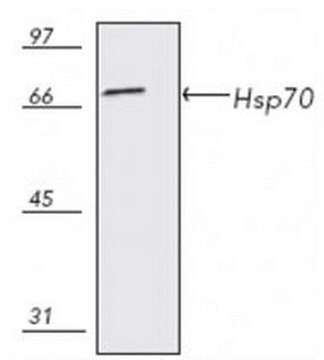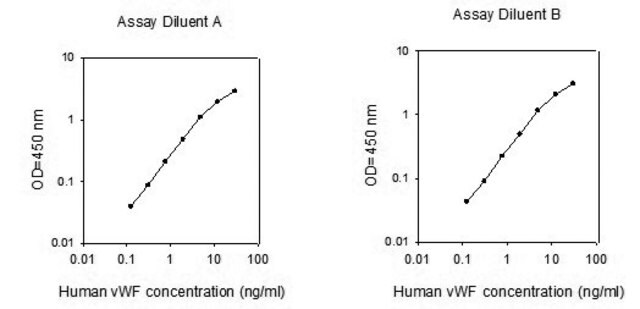AB7356
Anti-von Willebrand Factor Antibody
Chemicon®, from rabbit
Sinônimo(s):
Factor VIII Related Antigen
About This Item
Produtos recomendados
fonte biológica
rabbit
Nível de qualidade
forma do anticorpo
purified immunoglobulin
tipo de produto de anticorpo
primary antibodies
clone
polyclonal
reatividade de espécies
human, rat, mouse
embalagem
antibody small pack of 25 μg
fabricante/nome comercial
Chemicon®
técnica(s)
ELISA: suitable
immunohistochemistry: suitable (paraffin)
nº de adesão NCBI
nº de adesão UniProt
Condições de expedição
ambient
temperatura de armazenamento
2-8°C
modificação pós-traducional do alvo
unmodified
Informações sobre genes
human ... F8(302470) , VWF(7450)
rat ... F8(302470)
Descrição geral
Especificidade
Imunogênio
Aplicação
ELISA Analysis: A representative lot detected von Willebrand Factor in ELISA applications.
Immunohistochemistry Analysis: A 1:250-1,000 dilution from a representative lot detected von Willebrand Factor in human cerebral cortex, mouse hippocampus, rat cerebellum and human tonsil tissue sections.
Cell Structure
ECM Proteins
Qualidade
Representative images from a previous lot.
Rabbit anti-vWF (AB7356) staining of Human Cerebral Cortex. Tissue pretreated with Citrate Buffer, ph 6.0, anti-vWF at 20 μg/mL, IHC-Select Detection with HRP-DAB.
Descrição-alvo
forma física
Armazenamento e estabilidade
Outras notas
Informações legais
Exoneração de responsabilidade
Não está encontrando o produto certo?
Experimente o nosso Ferramenta de seleção de produtos.
recomendado
Código de classe de armazenamento
12 - Non Combustible Liquids
Classe de risco de água (WGK)
WGK 2
Ponto de fulgor (°F)
Not applicable
Ponto de fulgor (°C)
Not applicable
Certificados de análise (COA)
Busque Certificados de análise (COA) digitando o Número do Lote do produto. Os números de lote e remessa podem ser encontrados no rótulo de um produto após a palavra “Lot” ou “Batch”.
Já possui este produto?
Encontre a documentação dos produtos que você adquiriu recentemente na biblioteca de documentos.
Nossa equipe de cientistas tem experiência em todas as áreas de pesquisa, incluindo Life Sciences, ciência de materiais, síntese química, cromatografia, química analítica e muitas outras.
Entre em contato com a assistência técnica







